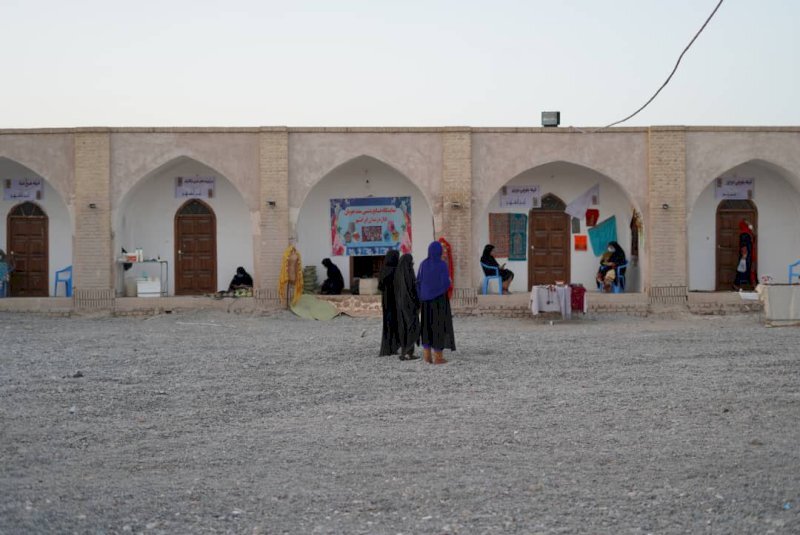Exhibit brings craftspeople, visitors to centuries-old fortress

TEHRAN – In an innovative initiative to promote tourism, tens of craftspeople have held a sales exhibition at a centuries-old fortress in Iranshahr, southeast Iran.
“Collections of handicrafts and traditional arts, made by the native craftspeople of Iranshahr, were put on show at the southeastern city,” Iranshahr’s tourism chief said on Tuesday.
The Qajar-era (1789-1925) Nasseri Castle, a tourist attraction in Sistan-Baluchestan province, hosted the exhibit for five days, Rahman Rigi explained.
Along with promoting indigenous handicrafts and providing a local market for them, the exhibit aimed at reviving and promoting the historical fortress, the official added.
The exhibit attracted more than 2,500 visitors, and artisans sold handicrafts in significant numbers, he noted.
From ancient to modern times, defensive walls have often been necessary for cities to survive in an ever-changing world of invasion and conquest.
Fortresses were designed primarily to defend territories in warfare and were also used to solidify rule in a region during peacetime.
Many of the fortifications of the ancient world were built with mud brick, often leaving them no more than mounds of dirt for today’s archaeologists.
In ancient times, according to Encyclopedia Britannica, the Baluchistan region provided a land route to the Indus Valley and the Babylonian civilizations. The armies of Alexander the Great marched through Baluchistan in 326 BC on their way to the Hindu Kush and their return march in 325 experienced great hardships in the region’s barren wastes.
ABU/AFM
